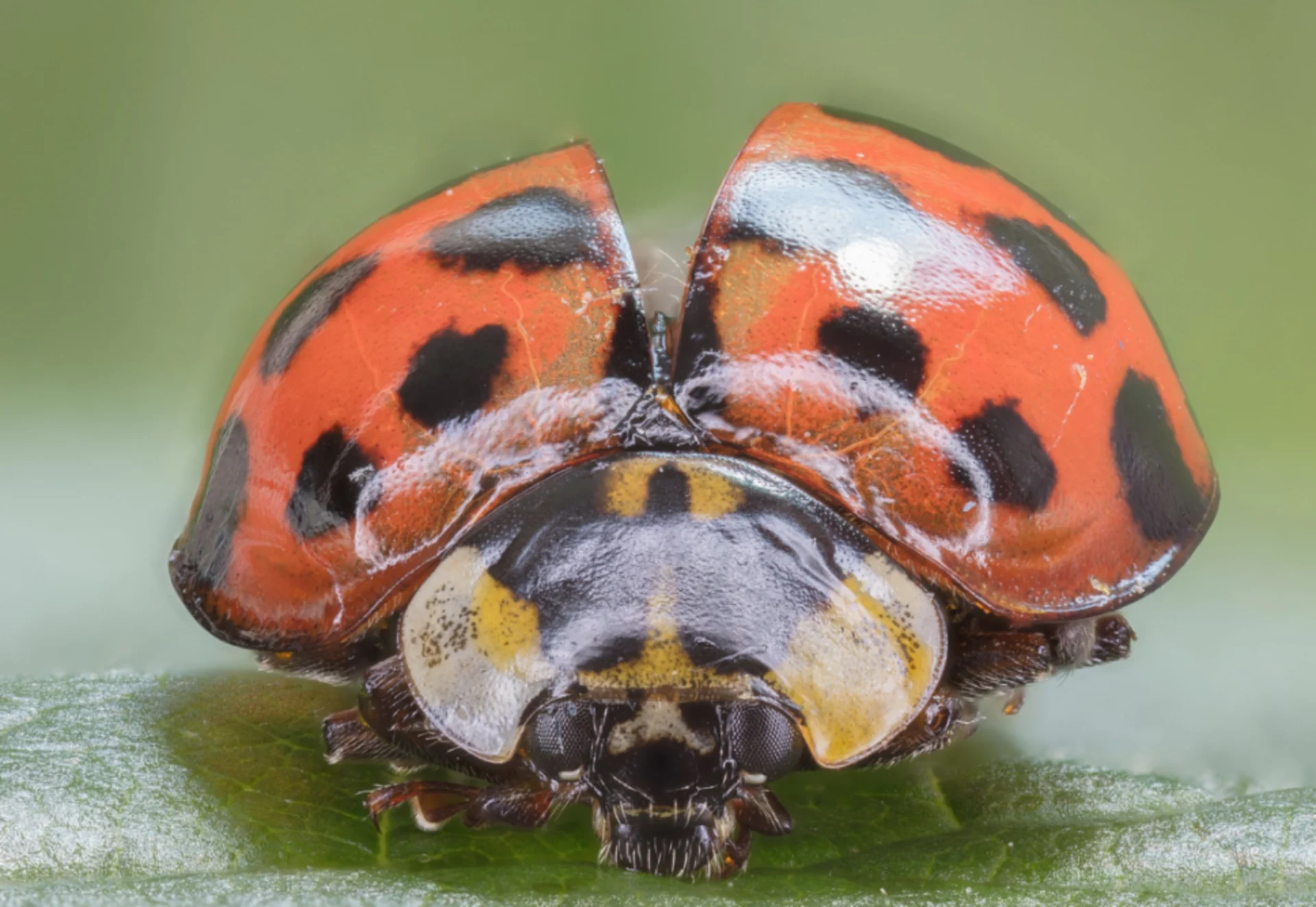
Three pests to be on the lookout for this fall in Canada
Crisp mornings and cozy evenings are welcome signs of autumn, but the upcoming season also signals the start of home insect invasions, which are not so welcome.
As the days shorten and the temperature drops, pests see your home as a potential winter retreat. For some insects, it's not unusual to congregate by the thousands.
Here are three types you may encounter this season.
Visit our Complete Guide to Fall 2024 for an in depth look at the Fall Forecast, tips to plan for it and much more!
CLUSTER FLIES
Found throughout Canada, the United States and Europe, cluster flies belong to the Calliphoridae family of blow flies and are members of the genus Pollenia. The insects are named for their tendency of clustering together in groups while overwintering indoors.
The flies are dark grey in colour and measure up to 10 mm long. Despite bearing a strong resemblance to house flies, cluster flies are larger in size and darker in colour. They are sluggish in movement compared to common house flies.
"They are attracted to our buildings as there are leaks coming from the buildings," Sean Rollo, Orkin Canada's senior regional manager for the Greater Toronto Area and Atlantic Canada told The Weather Network in 2018. "As the heat is coming out of the building they are detecting that. They move towards the building, and then they actually secrete pheromones on the surfaces, which will aggregate or tell other flies that, 'hey this is a great spot to come inside.'"

Cluster fly via Wikipedia/Creative Commons. Uploader: TristramBrelstaff. CC BY-SA 3.0
How exactly do these flies enter your home?
According to Rollo, they come in through openings in the wall such as cracks and crevices near window and door frames, open and unscreened windows, and unscreened vents.
Once inside, the cluster flies will gather together to hibernate for the winter in protected locations, including attics and wall voids.
"In the spring they come out and mate, and the cycle starts all over again."
ASIAN LADY BEETLES
Like cluster flies, Asian lady beetles are looking for a way to get inside to overwinter and emerge in the spring to reproduce.
The beetles are about 7 mm long. They have spots and range from yellow to orange to red in colour.

Asian lady beetle via Wikipedia/Creative Commons. Uploader: Diego Delso. CC BY-SA 4.0
The insects start to move inside between September and November. They search for entry points, including small cracks around windows and door frames. Once indoors, they search for moisture or humidity. Houses near wooded areas or fields are prone to infestation, although any building can attract the pests.
The beetles are known to arrive in very large numbers.
"There could be thousands of them that could be coming towards a building at a time," said Rollo.
The pests also carry an unpleasant odour that grows more intense when they are smashed.
"They can also leave behind a secretion that is supposed to help them with predacious species. So, when they are fearful of being eaten, they will secrete this liquid out, but that can stain materials like siding or fabrics," he said.
And if that's not bad enough, these bugs also bite.
"It's not necessarily something you should be worried about, but they can irritate the skin."
These pests take around one month to grow from egg to adult and can live for as long as about three years.
"Eventually they will die off, but then there's the younger right behind them going through the same cycle."
MICE
Mice are also looking to get out of the cold this time of year.
The two most common species found in Canada include deer mice and house mice.
House mice often appear brown or grey, with lighter colouring on the underside of the body. Deer mice also possess brown or grey coats, but with white bellies and tail bottoms.
Mice produce offspring in litters of five to six babies, with mating season lasting from early summer to late fall. They generally live no more than a year.
According to Orkin Canada, signals of an infestation include the discovery of a nest, droppings, or live mice.
Basic sanitation often proves to be the best way to curb or eradicate an infestation. Patching holes in walls, eliminating entry points, and placing traps also prove effective in certain circumstances.
"We work with homeowners to put preventative programs in place, as well as talk to them about the exclusion that they can be doing with their homes to prevent the rodents from getting in."
If you have an inquiry, contact Orkin Canada here.
--
*Editor's note: This article was originally published in 2018. Header image credit: Wikipedia/Creative Commons. Uploader: Diego Delso. (CC BY-SA 4.0) Asian Lady beetle *.










